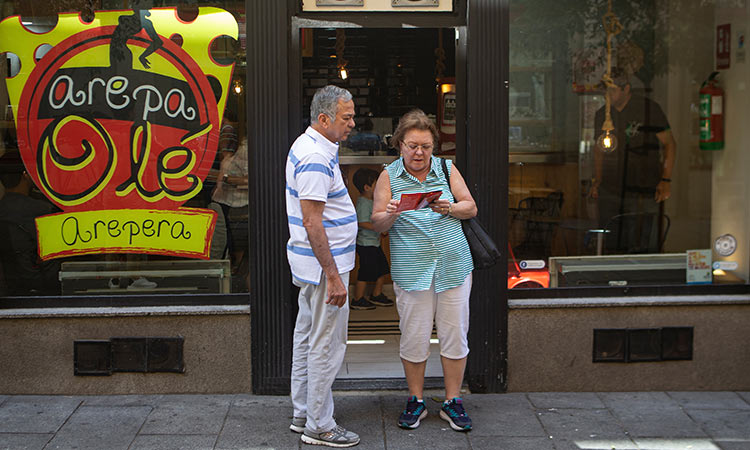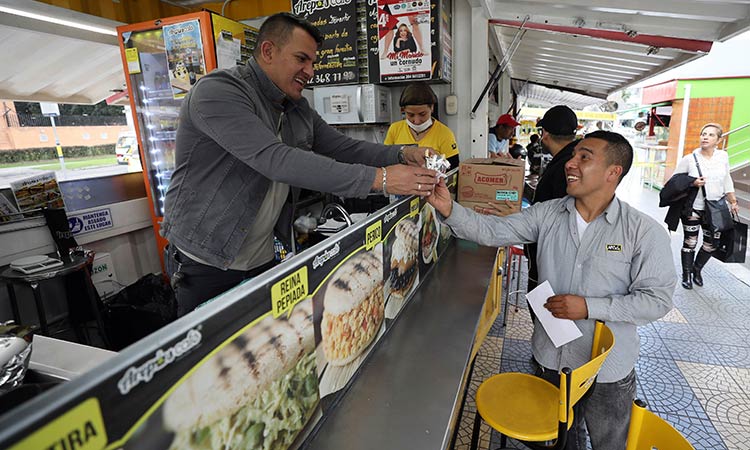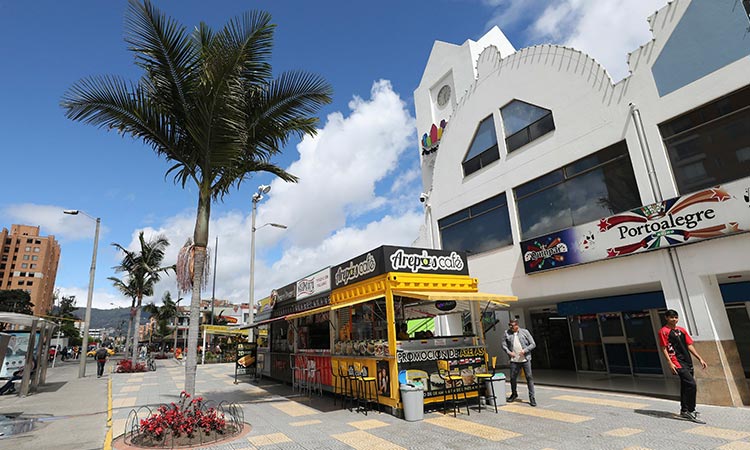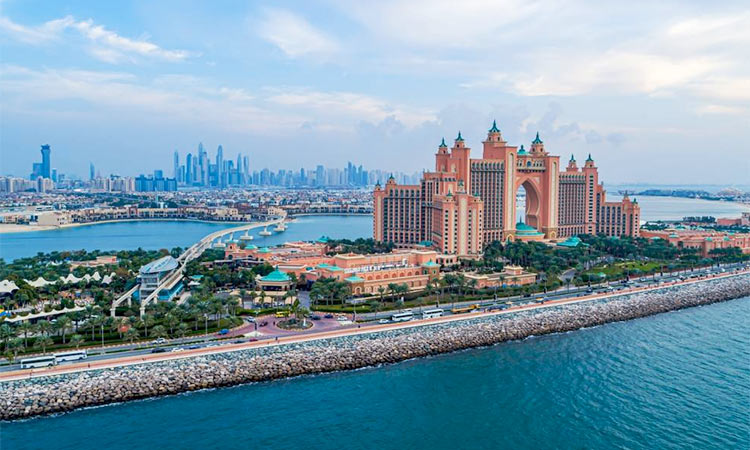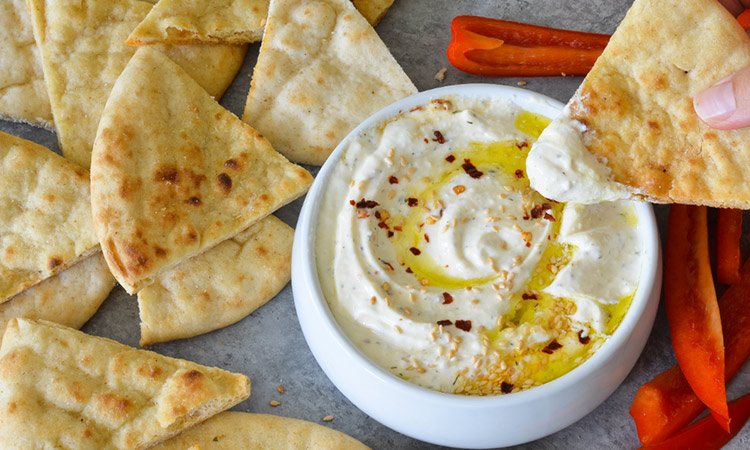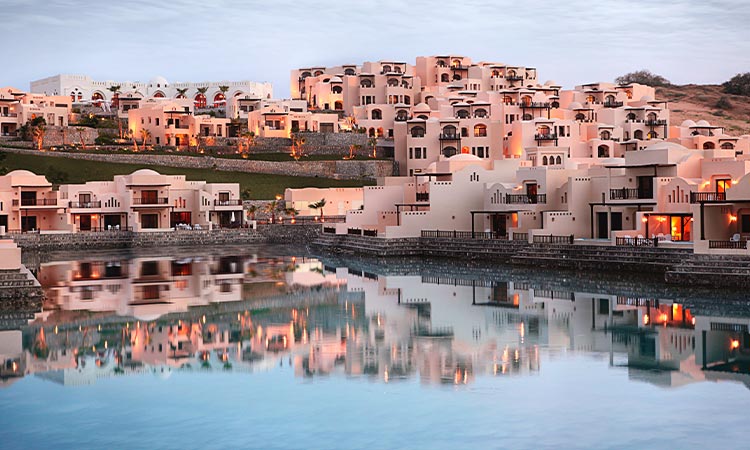Migrants take Venezuela's most famous dish with them
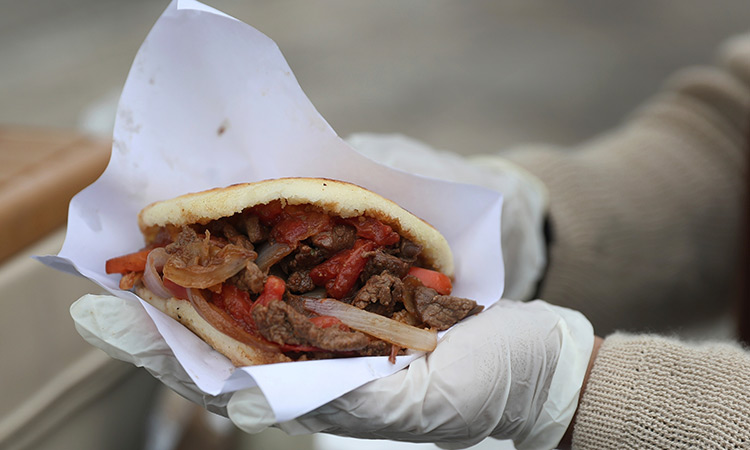
Venezuelan Arepa's vendor Yuleiny Mendoza displays one her street food creation. AP
Now, as millions flee their homeland's turmoil, they are taking Venezuela's most ubiquitous dish with them.
Humble street stalls and sit-down restaurants serving arepas are popping up throughout the streets of Colombia's capital and in cities around the world, where many are finding the white corn flour patties an ideal means for gaining their footing in a foreign nation.
Others are exchanging traditional fillings for local flavours in a nod to their adopted countries.
"For us, the arepa represents Venezuela," says Alejandra Castro, who opened an arepa business in Buenos Aires, Argentina over a year ago. "It's our culture, our daily bread. What one misses and longs for the most is an arepa."
A couple looks at a menu outside the Arepa Ole restaurant in Madrid, Spain. AP
The arepa's surge on the world stage comes as its consumption steadily declines back home amid a punishing financial crisis worse than the U.S. Great Depression, leading an estimated 4 million people to flee.
"For us, the arepa represents Venezuela. It's our culture, our daily bread. What one misses and longs for the most is an arepa."
Migrants throughout the world have long brought their culinary traditions with them in something of an antidote for nostalgia.
In some cases, traditional recipes are kept more alive abroad than back home.
Chinese and Japanese migrants profoundly altered Peruvian cuisine, creating a delicate hybrid with Incan and European influences that has garnered worldwide acclaim. The influence of Lebanese arrivals cooking shawarma in Mexico led to the creation of tacos "al pastor" with spit-roasted meat.
Gerson Briceno, owner of the fast food restaurant "Arepas Cafe" serves a customer in Bogota, Colombia. AP
Jeffrey Pilcher, a history professor at the University of Toronto, said migrants are often forced to reconcile a longing for the authentic taste of home with the need to make a living and offer more local flavours.
"So there are all manners of adaptations people make to balance those two, kind of contradicting desires," he said.
Migrant Edgar Rodríguez became one of the earliest ambassadors of the food when he fled to Spain over a decade ago and opened up an arepa restaurant. He now has several fusion items on the menu.
"As they say in Venezuela, 'The arepa can withstand anything," he said.
Arepas Café has nine locations around Bogotá. AP
The story of the arepa begins before the arrival of Spanish colonizers, when indigenous chefs in Colombia and Venezuela ground white corn into round patties and baked them on clay griddles. Today, Colombian arepas are relatively wide and flat, while the Venezuelan ones are smaller, fuller and stuffed with fillings in the same style as pita bread. In both countries, they are a dietary staple.
But Gerson Briceño is one of the migrant success stories.
Today, Arepas Café has eight locations around Bogotá.
"I always missed the flavour of home," he said.
"I don't think it would have ever occurred to us," she said, "to put a bandeja paisa in an arepa!"
Associated Press
